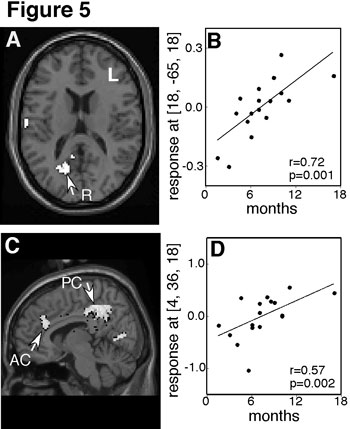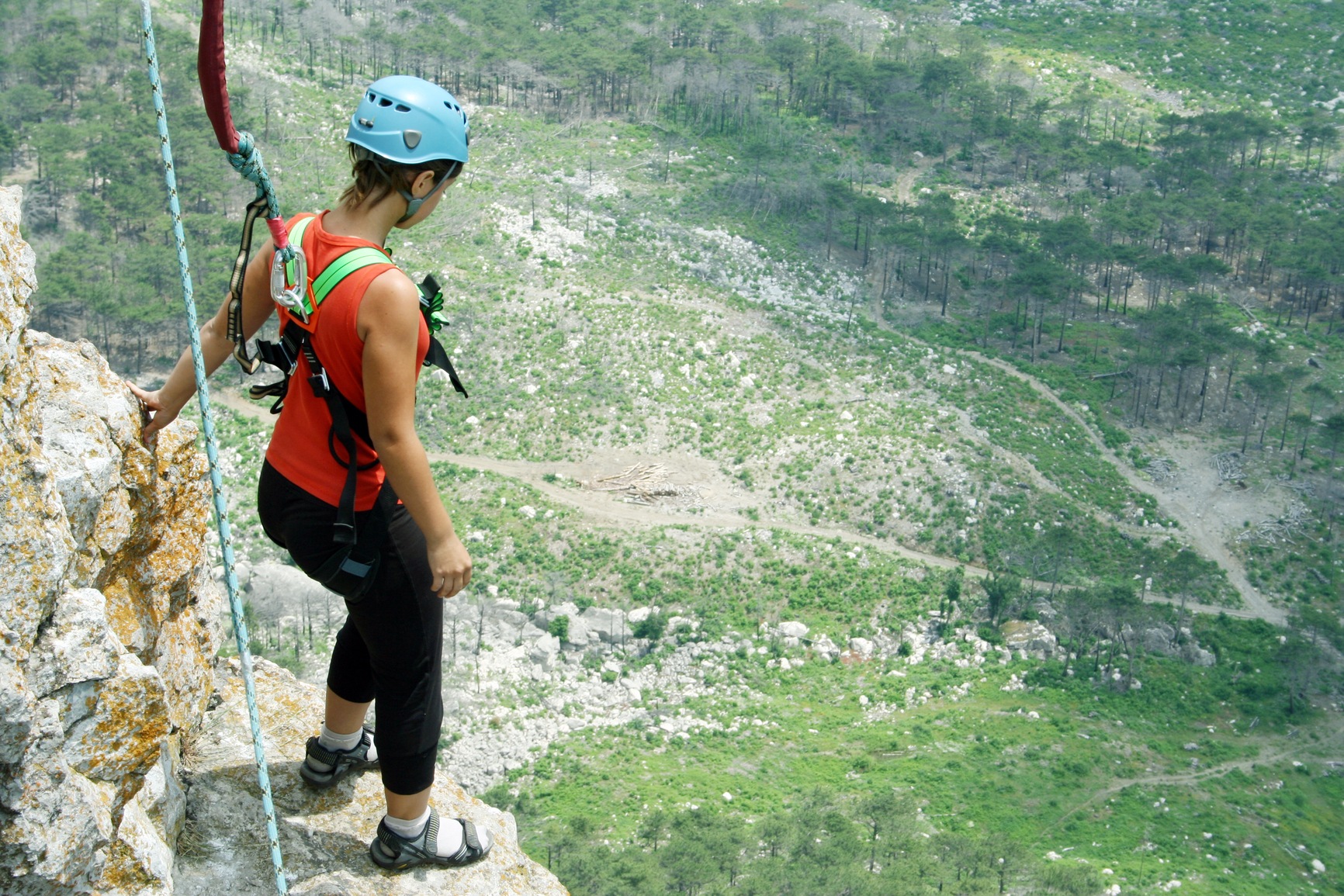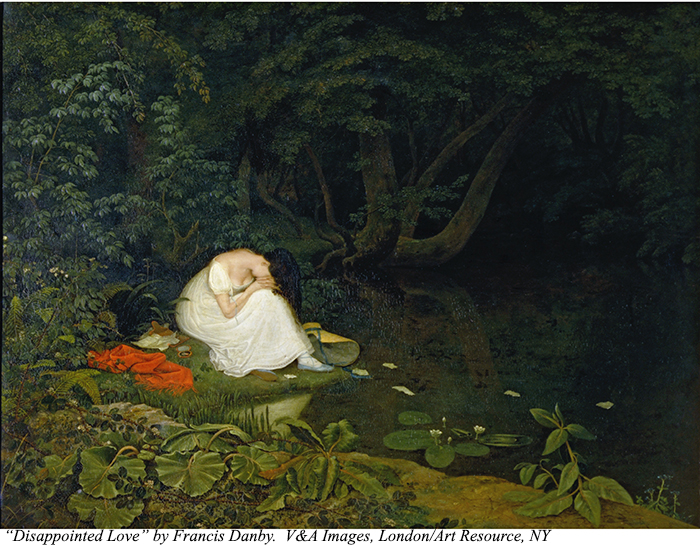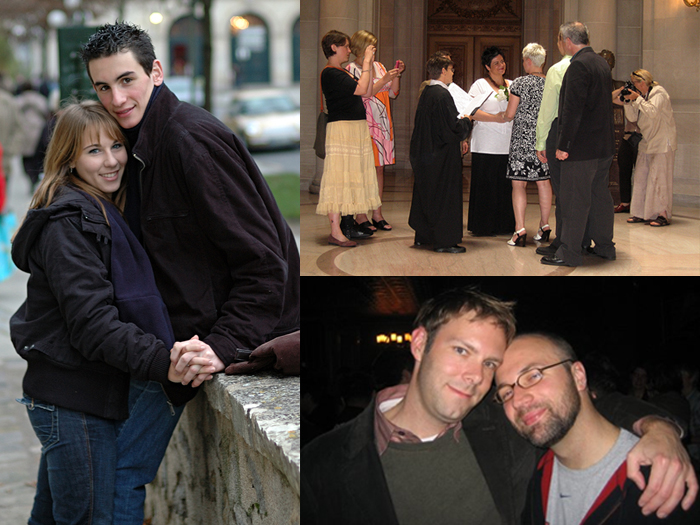
The people we scanned in this study had been in love between 1 and 17 months. Could the duration of one’s romance make a difference in their brain activity?
We needed to know because a study done by another group of scientists had shown activation in some different brain areas from ours, and the participants in that study had been in love an average to 2.4 years, much longer than our participants.
So we decided to correlate the length of the relationship of people in our study with their brain activations and see if length of relationship would explain the different results.
Sure enough, those individuals in longer relationships were quite similar to the participants in the other study. A fantastic thing to realize here is that when we look at our sweethearts, activity in some parts of the brain is different, depending on how long we’ve been in love with them.
Most important, our participants showed activity in the ventral pallidum--a brain region linked with feelings of attachment (see white arrow below).

Ventral pallidum activation in an individual married for 1 year.
The ventral pallidum has a history in reserach on pair-bonding. Several other scientists have established that this brain region plays an important role in attachment to a partner, particularly in other animals. So, with time, feelings of romantic love seem to become accompanied by feelings of deep attachment to a partner.
NEXT






Really helpful and interesting.